- Baseball and Shoulder Injuries
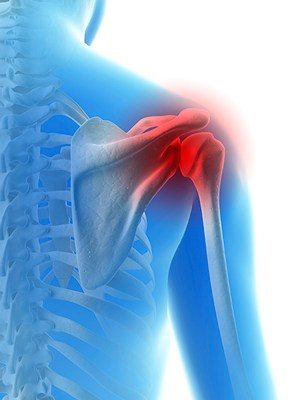
Shoulder injuries in baseball players are usually associated with pitching. While this overhand throwing activity can produce great speed and distance for the ball, when performed repeatedly, can place a lot of stress on the shoulder.
Know More - Bicep Tendon Rupture at Shoulder
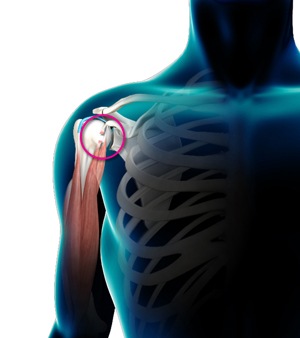
Biceps tendon ruptures occur most commonly from an injury, such as a fall on an outstretched arm, or from overuse of the muscle, either due to age or from repetitive overhead movements such as with tennis and swimming.
Know More Launch Movie - Shoulder Instability

Shoulder instability is a chronic condition that causes frequent dislocation of the shoulder joint.
Know More Launch Movie - Shoulder Labral Tear

Traumatic injury to the shoulder or overuse of the shoulder (throwing, weightlifting) may cause the labrum to tear. In addition, aging may weaken the labrum leading to injury.
Know More - SLAP Tears
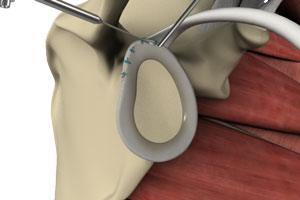
The term SLAP (superior –labrum anterior-posterior) lesion or SLAP tear refers to an injury of the superior labrum of the shoulder.
Know More - Rotator Cuff Tear

A rotator cuff is a group of tendons in the shoulder joint that provides support and enables a wide range of motion. A major injury to these tendons may result in rotator cuff tears. It is one of the most common causes of shoulder pain in middle-aged and older individuals.
Know More Launch Movie - Shoulder Impingement

Shoulder impingement is the inflammation of the tendons of the shoulder joint. It is one of the most common causes of pain in the shoulder. Shoulder impingement is also called swimmer’s shoulder, tennis shoulder or rotator cuff tendinitis.
Know More Launch Movie - Shoulder Ligament Injuries

Shoulder ligament injuries are injuries to the tough elastic tissues present around the shoulder that connect bones to each other and stabilize the joint. The ligaments present in the shoulder are connected to the ends of the scapula, humerus, and clavicle bones which form the shoulder complex. The extensive stretching or tearing of these ligaments from acute or chronic injuries can lead to instability in the shoulder joint.
Know More - Shoulder Fracture
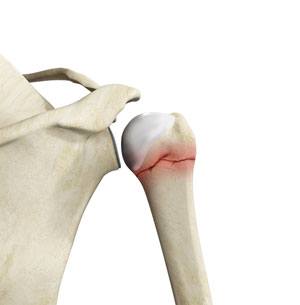
A shoulder fracture is usually diagnosed based on a thorough physical examination, and imaging studies such as X-rays and CT scans.
Know More - Frozen Shoulder

Frozen shoulder, also called adhesive capsulitis, is a condition in which you experience pain and stiffness in your shoulder. The symptoms appear slowly, worsen gradually and usually take one to three years to resolve on their own.
Know More Launch Movie - Shoulder Trauma

Shoulder injuries most commonly occur in athletes participating in sports such as swimming, tennis, pitching, and weightlifting. The injuries are caused due to the over usage or repetitive motion of the arms.
Know More - Shoulder Dislocation

The dislocation might be a partial dislocation (subluxation) or a complete dislocation causing pain and shoulder joint instability. The shoulder joint often dislocates in the forward direction (anterior instability), and sometimes in the backward or downward direction.
Know More - Subluxation
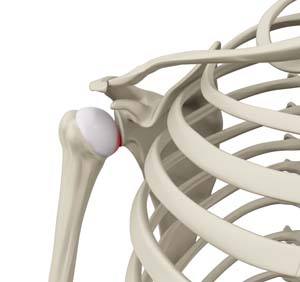
Subluxation usually occurs from falls or a direct blow to your shoulder. It can also be caused due to a previous shoulder injury or if the ligaments in your shoulder are loose. Subluxations tend to recur due to laxity in the ligaments.
Know More - Shoulder Bursitis

Shoulder bursitis, also known as subacromial bursitis, is a condition characterized by pain and inflammation in the bursa of the shoulder. The bursa is a fluid-filled sac present between the bone and soft tissue that acts as a cushion and helps to reduce friction during movement.
Know More - Shoulder Tendonitis
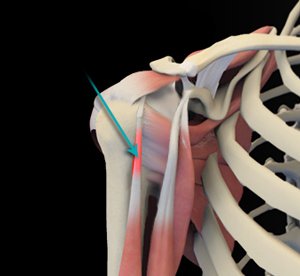
Shoulder tendonitis is a condition characterized by inflammation of the tendons which connect the muscles to the shoulder bones. Tendonitis of the rotator cuff tendons is known as rotator cuff tendonitis. If the biceps tendon is affected, the condition is known as bicipital tendonitis.
Know More - Arthritis of the Shoulder
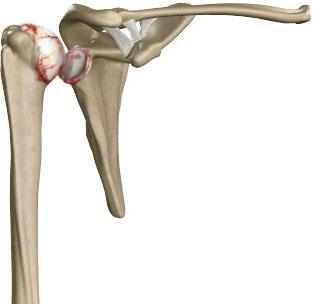
The term arthritis literally means inflammation of a joint but is generally used to describe any condition in which there is damage to the cartilage. Damage of the cartilage in the shoulder joint causes shoulder arthritis. Inflammation is the body's natural response to injury. The warning signs that inflammation presents are redness, swelling, heat, and pain.
Know More - Little League Shoulder
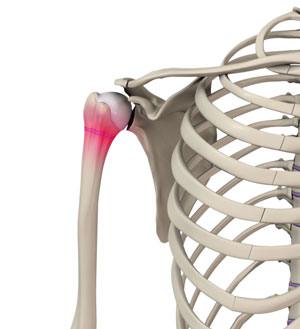
Little league shoulder is an injury to the growth plate of the upper arm bone at the shoulder joint of children. It is an overuse injury caused by repeated pitching or throwing, especially in children between the ages of 10 to 15 years. This condition is mostly seen in baseball pitchers, but children in other sports who use improper throwing action are also at risk.
Know More - Throwing Injuries of the Shoulder

Throwing injuries of the shoulder are injuries sustained as a result of trauma by athletes during sports activities that involve repetitive overhand motions of the arm as in baseball, American football, volleyball, rugby, tennis, track and field events, etc. Throwing injuries are mostly seen in the shoulder and elbow and can occur due to improper techniques, training errors, muscle imbalance, and overuse of muscles.
Know More - Multidirectional Instability of the Shoulder
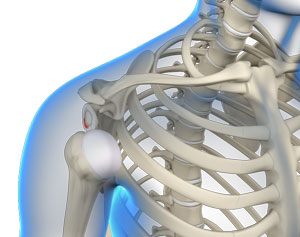
Shoulder instability results when the humerus is not held firmly within the socket and moves away from the glenoid cavity. This may be due to a defect or injury to the supporting structures and can result in a partial dislocation (subluxation) or total dislocation of the shoulder joint.
Know More






